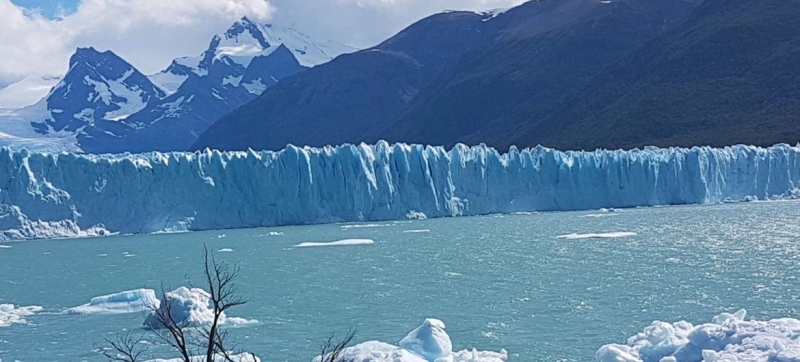
In the photo: Los Glaciares National Park in Santa Cruz Province, Argentina. On the initiative of Tajikistan, 2025 has been declared the International Year of Glaciers Climate and Environment
In accordance with the resolution adopted in the UN General Assembly on the initiative of Tajikistan in 2022, 2025 has been declared the International Year of Glaciers. The program for the Year includes many events, including a conference in Dushanbe.
Melting Glaciers
Over the past 20 years, glaciers in the Western Tien Shan – in Kazakhstan, Kyrgyzstan and Uzbekistan – have shrunk by 27 percent. They continue to melt. The situation is even more alarming in Africa and other parts of the world.
Antarctica is losing an average of 150 billion tonnes of ice mass each year. The Greenland ice cap is melting even faster, losing 270 billion tonnes annually. The total volume of ice melting in one year is equivalent to an ice sheet five metres high.
By 2050, despite efforts to limit temperature rise, glaciers will disappear from a third of UNESCO’s 50 World Heritage sites. They currently lose 58 billion tonnes of ice each year, equivalent to the combined annual water consumption of France and Spain. Their melting is responsible for nearly five percent of global sea level rise.
For reference: the territory of 50 UNESCO World Heritage sites contains 18,600 glaciers with a total area of about 66 thousand square kilometers, which is 10 percent of the total area of glaciers on Earth. These include the highest glaciers near Everest, the longest in Alaska, and the last remaining glaciers in Africa.
The Importance of Glaciers
Glaciers provide for the needs of many people in areas such as water supply, agriculture, hydropower and tourism, so it is essential to be able to accurately predict and plan for what will happen to them in the future.
Nearly two billion people – one in four people on Earth – live in areas that depend on glaciers and seasonal snowmelt for their water.
International Year
On the initiative of Tajikistan, the UN declared 2025 is the International Year of Glacier Conservation. Next year, Tajikistan will host a conference on this issue. The problem of glaciers is particularly acute for this country.
To date, out of 14 thousand glaciers in Tajikistan, which are the main source of drinking water in the region, more than a thousand have completely melted, and the rate of their melting is increasing. At the same time, precipitation and glaciers in Tajikistan make up 60 percent of the source of water resources in Central Asia. This was stated by the President of Tajikistan Emomali Rahmon, speaking in September at the UN General Assembly.
